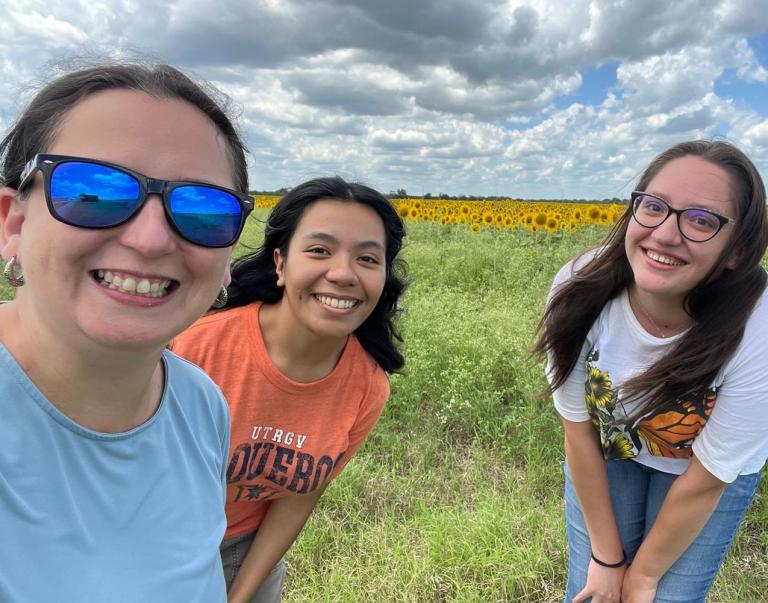WASHINGTON, August 15, 2017 — During the busy fall season, whether you’re preparing a packed lunch for your child, a weeknight dinner for the family, or a tailgate feast for the whole crew, make sure you prevent foodborne illness by following USDA’s four steps to food safety: Clean, Separate, Cook and Chill.
Clean: Wash your hands and cooking surfaces before and after handling food. Wash fruits and vegetables before eating, cutting, or cooking. Make sure lunch boxes and coolers are clean before packing.
Separate: Avoid cross contamination. Don’t let raw meat, poultry, or egg products come in contact with fruits, vegetables, or prepared foods. Never put cooked food on a plate or tray that held raw meat or poultry.
Cook: When cooking, use a food thermometer to make sure food reaches a safe minimum internal temperature needed to destroy harmful bacteria. Cook raw beef, pork, lamb and veal steaks, chops, roasts, and fish to a minimum internal temperature of 145°F and let them rest for three minutes before eating. When cooking raw ground beef, pork, lamb, and veal, make sure the meat reaches a minimum internal temperature of 160°F. Egg dishes should also be cooked to a safe minimum internal temperature of 160°F. All poultry should be cooked to a safe minimum internal temperature of 165°F.
Chill: When packing food, use an insulated lunchbox or cooler and at least two cold sources, such as freezer packs. Discard any perishable foods that were left at room temperature longer than two hours (one hour in temperatures above 90°F).
Lunch Packing Tips:
- If the lunch contains perishable food items like luncheon meats, eggs, cheese, or yogurt, make sure to pack it with at least two cold sources, such as freezer packs. Harmful bacteria multiply rapidly so perishable food transported without a cold source won't stay safe long.
- Frozen juice boxes or water can also be used as freezer packs. Freeze these items overnight and use with at least one other freezer pack. By lunchtime, the liquids should be thawed and ready to drink.
- If packing a hot lunch, like soup, chili, or stew, use an insulated container to keep it hot. Fill the container with boiling water, let stand for a few minutes, empty, and then put in the piping hot food. Tell children to keep the insulated container closed until lunchtime to keep the food at 140°F or above.
- If packing a child’s lunch the night before, parents should leave it in the refrigerator overnight. The meal will stay cold longer because everything will be refrigerator temperature when it is placed in the lunchbox.
Eating and Disposal Tips:
- Teach children to properly wash their hands before eating lunch. If running water isn’t available, pack disposable wipes for cleaning hands before and after eating.
- After lunch, children should discard all leftover food and used food packaging.
- Clean lunch boxes thoroughly each night with warm soapy water or a disinfectant wipe.
Consumers can learn more about key food safety practices at Foodsafety.gov, by following @USDAFoodSafety on Twitter, and by liking Facebook.com/FoodSafety.gov. Consumers with questions about food safety can call the USDA Meat and Poultry Hotline at 1-888-MPHotline (1-888-674-6854) or chat live with a food safety specialist at AskKaren.gov, available from 10 a.m. to 6 p.m. Eastern Time, Monday through Friday, in English or Spanish.
If you have questions about storage times for food or beverages, download USDA’s FoodKeeper application for Android and iOS devices.
#
NOTE: Access news releases and other information at FSIS’ website at http://www.fsis.usda.gov/recalls.
Follow FSIS on Twitter at twitter.com/usdafoodsafety or in Spanish at: twitter.com/usdafoodsafe_es.
USDA is an equal opportunity lender, provider and employer.


